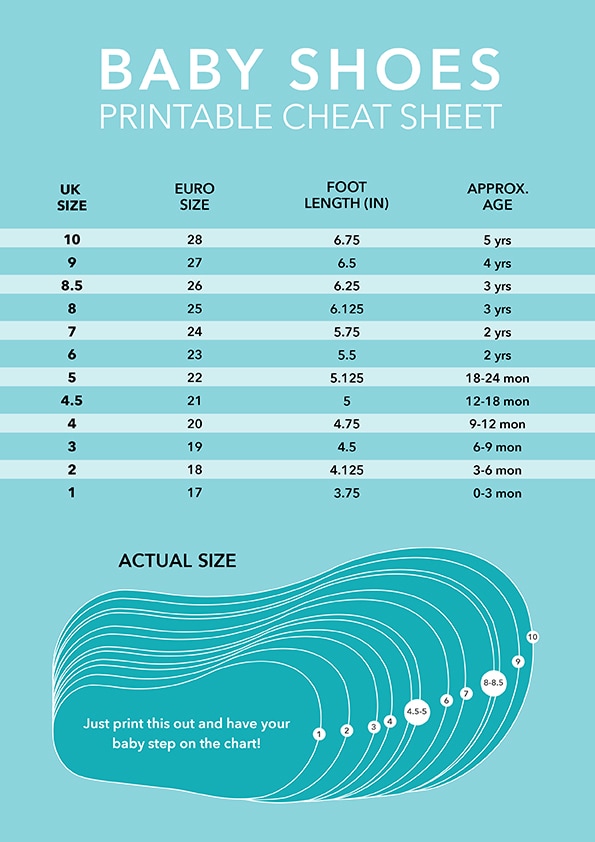Understanding Baby Shoe Size Charts: A Comprehensive Guide to Finding the Perfect Fit
When it comes to selecting the right footwear for your little one, understanding the baby shoe size chart is crucial. The importance of a proper fit cannot be overstated, as ill-fitting shoes can lead to discomfort, developmental issues, and even long-term foot problems. According to pediatricians, the right shoe size ensures that a baby’s feet can grow naturally and healthily. This guide aims to provide you with a thorough understanding of how to use a baby shoe size chart effectively, ensuring that your child’s shoes are not only stylish but also perfectly suited to their feet.

Why a Proper Fit Matters
The significance of a proper fit in baby shoes is often underestimated. According to a study published by the American Academy of Pediatrics, shoes that are too tight can restrict blood flow and cause deformities in the feet. On the other hand, shoes that are too loose can lead to tripping and falling, which can be particularly dangerous for toddlers who are just learning to walk. The baby shoe size chart is a tool designed to help parents navigate these challenges, ensuring that the shoes they choose for their children are both comfortable and safe.

How to Use a Baby Shoe Size Chart
Using a baby shoe size chart involves a few simple steps. First, measure your baby’s foot. This can be done by placing their foot on a piece of paper and tracing its outline. Next, measure the length and width of the traced foot. Once you have these measurements, refer to the baby shoe size chart provided by the shoe manufacturer. It’s important to note that different brands may have slightly different sizing, so it’s always a good idea to check the specific chart for the brand you are considering. Additionally, it’s recommended to add about a half-size to the measured length to ensure a comfortable fit.

Common Pitfalls to Avoid
One of the most common mistakes parents make when using a baby shoe size chart is assuming that all shoes will fit the same way. This is not the case, as different styles and materials can affect the fit. For example, a leather shoe may stretch over time, while a synthetic shoe may not. It’s also important to consider the shape of your baby’s foot. Some babies have wider feet, while others have narrower feet. The baby shoe size chart should be used as a guide, but it’s always a good idea to try the shoes on your baby to ensure a proper fit.

Professional Advice and Discounted Prices
Seeking professional advice when choosing baby shoes can be incredibly beneficial. Pediatric podiatrists can provide valuable insights into the best types of shoes for your baby’s specific needs. Additionally, many online retailers offer discounted prices on baby shoes, making it easier to find high-quality footwear at an affordable price. By combining professional advice with discounted prices, you can ensure that your baby’s shoes are not only the right fit but also a great value.

Conclusion
In conclusion, understanding and using a baby shoe size chart is essential for ensuring that your baby’s shoes are the perfect fit. By following the steps outlined in this guide and avoiding common pitfalls, you can make informed decisions when selecting footwear for your little one. Remember, the right fit not only provides comfort but also supports healthy foot development. So, take the time to measure your baby’s feet, refer to the appropriate baby shoe size chart, and seek professional advice when needed. Your baby’s feet will thank you.
